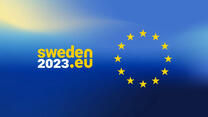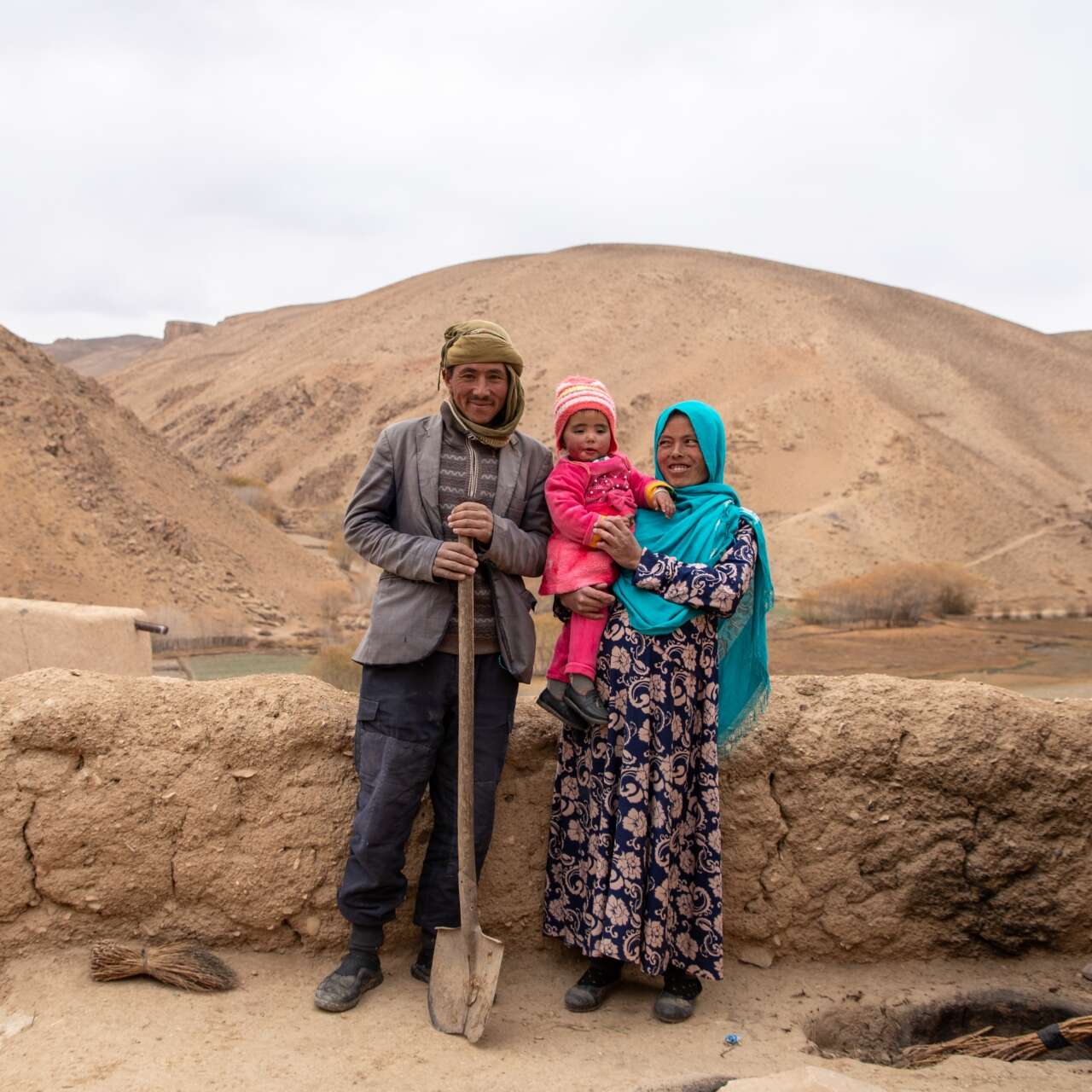
The European Union and its member states are collectively the world’s largest donor of international aid, supporting millions of people to survive, adapt and thrive. However, the International Rescue Committee (IRC) and other civil society organisations are now concerned that the EU may be rolling back its support to some of the world’s most fragile contexts.
What has changed? And what could this mean for the world’s most vulnerable populations?
Read on to find out.
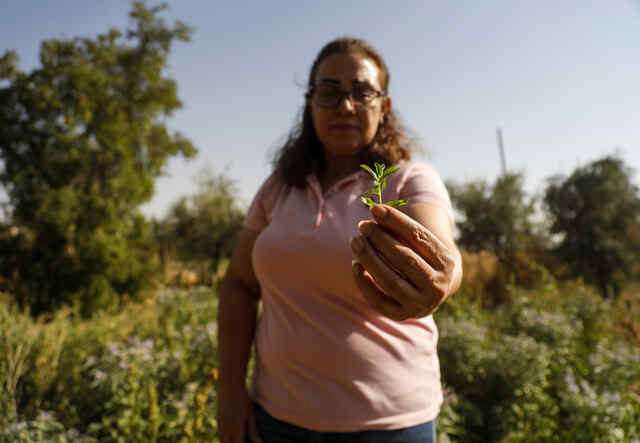
Why is EU aid important to fragile settings?
Aid to fragile contexts has never been more important. Over the past five years, the number of people in humanitarian need has more than doubled to nearly 300 million, and displacement soared by almost 40%. Today humanitarian crises are becoming increasingly concentrated in just a handful of states, and they are lasting longer.
In order to drive meaningful change for affected populations, it is essential that humanitarian action is complemented by development aid so that it becomes a catalyst for long term impact. They are two crucial and interlocking pieces of the same puzzle—required to address people’s needs in emergencies, while also strengthening systems, structures and resilience over the longer-term.
The EU’s assistance must be targeted at—and tailored to—the contexts that need it most including Sudan, Syria and the Sahel, bearing in mind their specific contexts and vulnerabilities.
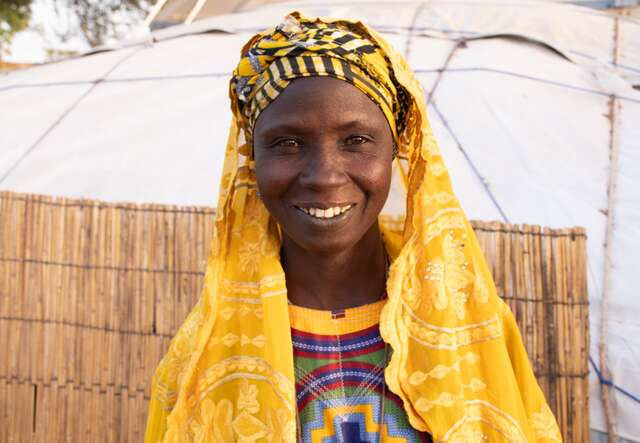
Why is the EU’s new approach to aid problematic?
The main objective of the EU’s development assistance is the reduction of and, in the long-term, eradication of poverty. It aims to promote sustainability—social, economic, environmental and political—with a view to advancing the Sustainable Development Goals (SDGs).
However, over the last five years, the EU has increasingly shifted towards a more ‘transactional’ approach which is primarily focused on investing funds and efforts into strengthening the EU’s partnerships with stable countries. This is clearly reflected by the EU’s increased emphasis on its Global Gateway strategy, which is designed to leverage large-scale investments in infrastructure development. This initiative aims to mobilise €300 billion between 2021 and 2027 for ‘connectivity projects’, notably in the digital, climate and energy, transport, health, education and research sectors.
While the Global Gateway has an important role to play in some countries, it will do little to improve outcomes in states and regions that do not have a steady government and where needs are being felt most critically. This shift will result in EU financing flowing to where it is easiest to deliver—not where it is needed most.
With its new mandate, the European Commission appears to be doubling down on this approach, moving towards a “new economic foreign policy” which is designed to reflect today’s realities. This is in stark contrast to testimonies from the IRC’s teams and the people we serve in fragile states, where needs are escalating to unprecedented levels. The EU’s new approach risks overlooking these contexts, as well as its commitments to achieving the Sustainable Development Goals (SDGs). If the EU takes a ‘one size fits all’ approach, whole countries and regions are at risk of being left behind.
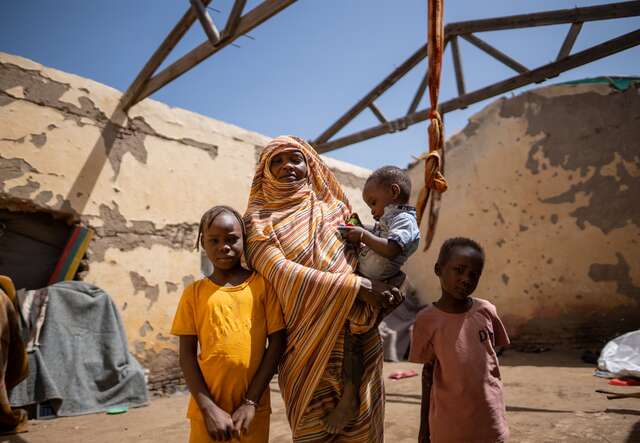
What happens if the EU reduces support to fragile states?
If the EU turns away from improving outcomes for people living within the world’s most fragile and conflict-affected states, it risks undoing years of hard-won progress, potentially cutting support to vulnerable communities.
It would also undermine the EU’s own strategic priorities. After all, the EU will have little chance of meeting its goals of poverty reduction or the wider SDGs if it shifts funding and attention away from the very places where extreme poverty and instability are found.
Neither will the EU reach its security objectives by withdrawing from the regions facing the greatest unrest. At a moment when the EU clearly hopes to establish itself as a leading security actor on the world stage, its failure to address fragility and instability pushes in the opposite direction.
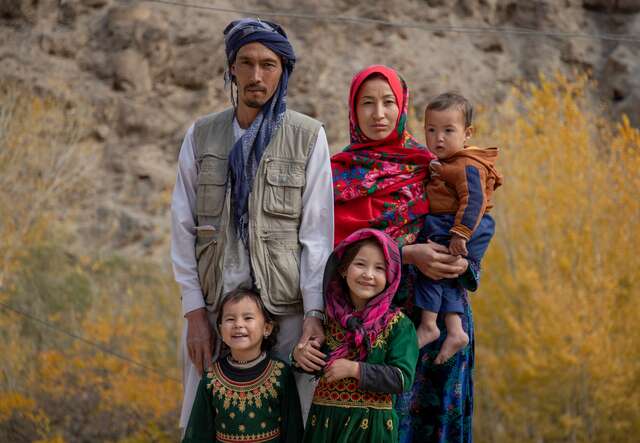
How can the EU better support fragile states?
It is essential that EU decision makers reconsider their current direction of travel, and uphold the EU’s moral, legal and strategic responsibilities to support the world’s most vulnerable. This is not only in line with its fundamental values and its own interests, but the will of EU citizens of whom almost 9 in 10 think it’s important to partner with countries outside the EU to reduce poverty around the world.
The IRC’s teams working in fragile contexts across the globe have identified some tried and tested ways to ensure that support—including the provision of basic services and building resilience against future shocks—can continue to reach people who need it, even in the most complex settings.
There are five concrete actions the European Commission could take to ensure that the world’s most vulnerable communities are not left even further behind:
Scale up— not roll back—both humanitarian and development funding for the world’s most fragile contexts
With the greatest needs concentrated in a small number of countries, common sense dictates that a far greater proportion of funding should be directed to these places. The EU should commit half of its Official Overseas Development Assistance to the world’s most fragile and conflict-affected states, up from the 25 percent disbursed now.
Find ways to deliver aid to places where the EU cannot partner with governments
In order to ensure aid reaches those who need it most, it is vital for the EU to partner with civil society organisations—including women-led organisations—who are often best placed to identify those with the greatest needs, conduct access negotiations with key actors, and ensure aid can be delivered to hard-to-reach communities.
For example, in Somalia, the World Bank financed a consortium helping NGOs, including the IRC, to pilot a service providing chronically vulnerable households with monthly cash transfers for two years with a view to driving longer-term change. These sorts of programmes can turn lives around, and should become a blueprint for EU development action in such settings.
Create a new Resilience Fund
A new ‘Resilience Fund’ should be funded jointly by the EU’s departments for international partnerships (INTPA), humanitarian work (ECHO), and its neighbourhood (NEAR). This would enable them to better work together to support locally-led NGOs and build partnerships that are tailored to the realities of protracted crises. It could follow the example of a trailblazing German government fund, launched in 2019, which supports the design of projects to meet people’s immediate needs while laying the foundation for long-term development outcomes.
Better support states to respond to the realities of the climate crisis
Today, the more fragile a context, the less climate finance it receives. And while the EU has taken some positive steps in this regard, in 2022, only about six percent of the EU’s adaptation financing to developing countries was committed to the 16 most climate-vulnerable and conflict-affected countries. This is clearly not enough to help these countries adapt and build resilience. We are calling on the EU to ensure that about 20 percent of its climate adaptation finance goes to these countries, in line with their disproportionate needs.
Consult with NGOs and civil society organisations
Any changes in the EU’s direction of travel on development support to countries in crisis should not be made without deep consultation with civil society organisations like the IRC, which bear witness to the challenges faced by people in fragile states and regions every day, and will face even greater pressures to tackle these with diminished EU engagement.


